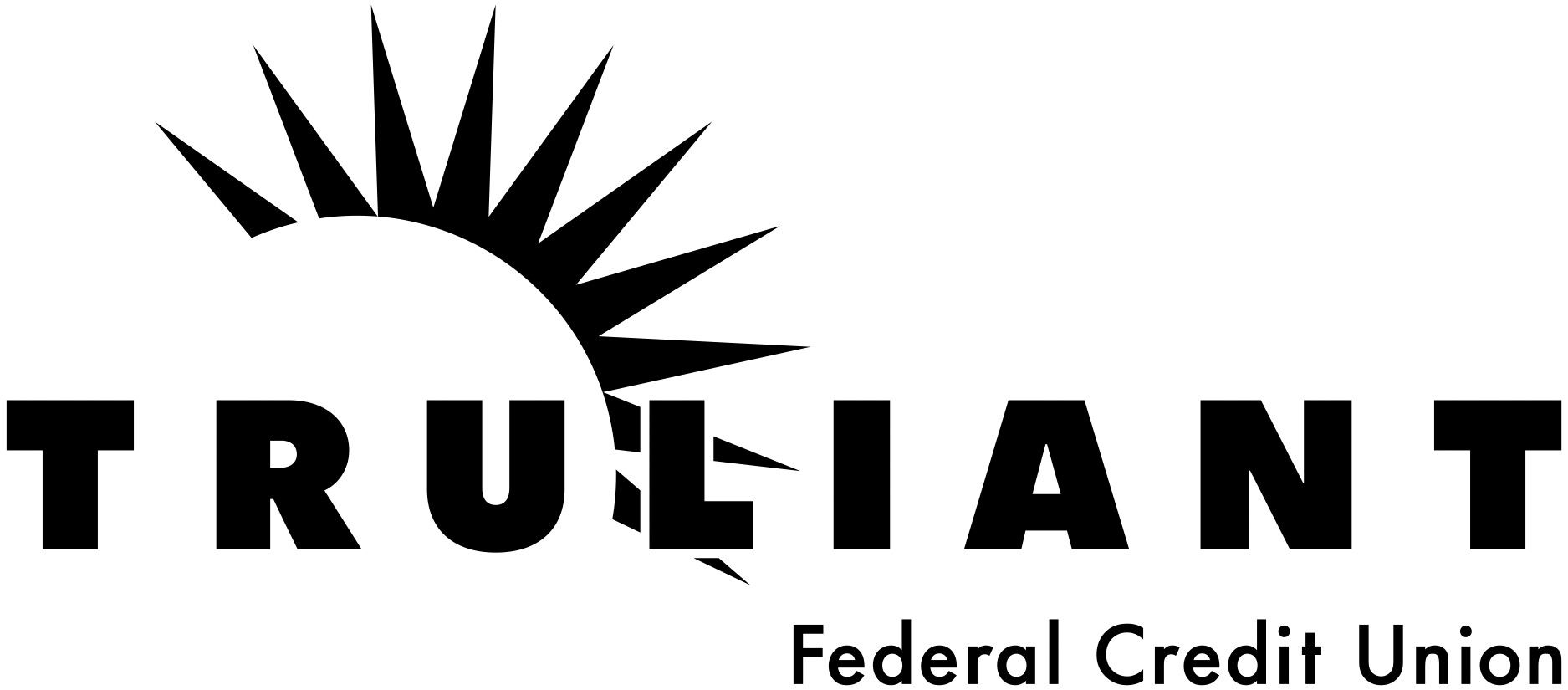Advantages of IRA Accounts

Many people are aware of the essential elements of Individual Retirement Accounts:
One of the casualties of frequent job changes is 401(k) accounts. According to Fidelity, 33% of investors cash out their 401(k) before reaching 59½, and the primary reason is a job change.
When a person cashes out a 401(k), they will owe state and federal taxes and a 10% penalty if they are less than 59½ years old. And they also lose the tax-free compounding available in both 401(k) and IRA accounts.
When an employee leaves a company and decides to move their 401(k) assets to an IRA, a “direct” rollover is the easiest and most effective path. With a direct rollover the money is sent directly from the 401(k) to the company providing the IRA account.
If a person selects to do an “indirect” rollover, the 401(k) administrator is obligated to withhold 20% for taxes. To avoid this, the individual may need to provide the 20% out of their own pocket if they don’t want the tax money to come out of the 401(k). You are only permitted one indirect rollover per 12 month period (this means a rolling 12 month period, not per calendar year). The funds can only be deposited into one account and not split between multiple accounts.
In addition, to the indirect rollover being complicated, any mistakes can trigger taxes and penalties. And the money has to be deposited in the IRA account within 60 days.
Roth IRA conversions
A Roth IRA conversion is all about the future – a future in which people hope they will pay less in taxes.
The main drawback of IRAs is paying taxes on withdrawals; the main advantage of Roth IRAs is not paying taxes on withdrawals provided the funds have been in the Roth IRA for a minimum of five years. However, moving funds from a traditional IRA to a Roth IRA does create a taxable event in the year of the conversion.
Example: Bill and Susan retired from their jobs at 64. They have decided to wait to collect Social Security until they turn 70 so they will collect about 32% more in payments. With an annuity and part-time jobs they currently have taxable income of $50,000, which is enough to cover their current needs when added to their cash assets.
In 2020, Bill and Susan fall in the 12% tax bracket for couples who are married and filing jointly ($19,751 - $80,250). This gives them $30,250 of additional room – before they are subject to the 22% tax bracket.
If Bill and Susan do a Roth conversion this year for $30,250, they will owe $3,630 in taxes. Most tax advisors suggest paying the money from other funds rather than depleting their Roth money, but it can be done either way. If they do the same thing for the next five years, they will have moved $181,500 out of their IRA accounts into Roth accounts.
Once Bill and Susan turn 72 they will have Social Security income, two annuities and they will have to start taking RMDs. They project that their taxable income will be $110,000 at that time, so they will be in the 22% tax bracket. And as they get older, their RMD percentage will increase, making additional dollars subject to 22% in federal taxes.
Since they have converted $181,500 of their IRA accounts, their RMD obligations will be less and they won’t owe any taxes on their Roth IRA accounts – which may have grown a little or a lot since their conversions and they will continue to grow as long as they don’t withdraw the money.
Roth IRA conversions have a lot of moving parts and a number of issues to consider. It’s a good idea to consult with a tax professional to analyze your particular situation.
IRA withdrawals not subject to penalty
If you are younger than 59½, there are a few circumstances in which you can make a withdrawal from an IRA account and not pay the 10% penalty. Of course, you’ll still have to pay the appropriate taxes. Here are some of the more commonly used penalty-free reasons.
Stop by our IRA resource page or by one of our 30+ convenient locations or call 800.822.0382 for more information. Information on non-deposit investment products can be found through the Truliant Financial Advisors through CUSO Financial Services, L.P.*
*Non-deposit investment products and services are offered through CUSO Financial Services, L.P. (“CFS”), a registered broker-dealer (Member FINRA / SIPC) and SEC Registered Investment Advisor. Products offered through CFS: are not NCUA/NCUSIF or otherwise federally insured, are not guarantees or obligations of the credit union, and may involve investment risk including possible loss of principal. Investment Representatives are registered through CFS. The Credit Union has contracted with CFS to make non-deposit investment products and services available to credit union members.
CFS representatives do not provide tax or legal guidance. For such guidance please consult with a qualified professional. Information shown is for general illustration purposes and does not predict or depict the performance of any investment or strategy. Past performance does not guarantee future results.
- Yearly tax-deductible contributions may be made by individuals who don’t exceed the income requirements.
- There are multiple investment opportunities.
- All IRA accounts grow tax free.
- Taxes are owed when IRA money is withdrawn after a person turns 59½. If money is taken earlier, depending on the reason, there may be a 10% penalty.
- Withdrawals, known as Required Minimum Distributions (RMDs), must start after a person turns 72.
These are the basic elements of investing in IRA accounts. For this blog, the discussion is limited to IRAs and does not include Roth IRA contributions, except Roth IRA rollovers will be discussed. This blog is about some of the lesser-known features of IRA investments that can be advantageous during a person’s investment life.
401(k) rollovers to IRA
In today’s world, an employee doesn’t often stay with the same company for an entire career. It’s not unusual for young employees to change jobs every few years.One of the casualties of frequent job changes is 401(k) accounts. According to Fidelity, 33% of investors cash out their 401(k) before reaching 59½, and the primary reason is a job change.
When a person cashes out a 401(k), they will owe state and federal taxes and a 10% penalty if they are less than 59½ years old. And they also lose the tax-free compounding available in both 401(k) and IRA accounts.
When an employee leaves a company and decides to move their 401(k) assets to an IRA, a “direct” rollover is the easiest and most effective path. With a direct rollover the money is sent directly from the 401(k) to the company providing the IRA account.
If a person selects to do an “indirect” rollover, the 401(k) administrator is obligated to withhold 20% for taxes. To avoid this, the individual may need to provide the 20% out of their own pocket if they don’t want the tax money to come out of the 401(k). You are only permitted one indirect rollover per 12 month period (this means a rolling 12 month period, not per calendar year). The funds can only be deposited into one account and not split between multiple accounts.
In addition, to the indirect rollover being complicated, any mistakes can trigger taxes and penalties. And the money has to be deposited in the IRA account within 60 days.
Roth IRA conversions
A Roth IRA conversion is all about the future – a future in which people hope they will pay less in taxes.
The main drawback of IRAs is paying taxes on withdrawals; the main advantage of Roth IRAs is not paying taxes on withdrawals provided the funds have been in the Roth IRA for a minimum of five years. However, moving funds from a traditional IRA to a Roth IRA does create a taxable event in the year of the conversion.
Example: Bill and Susan retired from their jobs at 64. They have decided to wait to collect Social Security until they turn 70 so they will collect about 32% more in payments. With an annuity and part-time jobs they currently have taxable income of $50,000, which is enough to cover their current needs when added to their cash assets.
In 2020, Bill and Susan fall in the 12% tax bracket for couples who are married and filing jointly ($19,751 - $80,250). This gives them $30,250 of additional room – before they are subject to the 22% tax bracket.
If Bill and Susan do a Roth conversion this year for $30,250, they will owe $3,630 in taxes. Most tax advisors suggest paying the money from other funds rather than depleting their Roth money, but it can be done either way. If they do the same thing for the next five years, they will have moved $181,500 out of their IRA accounts into Roth accounts.
Once Bill and Susan turn 72 they will have Social Security income, two annuities and they will have to start taking RMDs. They project that their taxable income will be $110,000 at that time, so they will be in the 22% tax bracket. And as they get older, their RMD percentage will increase, making additional dollars subject to 22% in federal taxes.
Since they have converted $181,500 of their IRA accounts, their RMD obligations will be less and they won’t owe any taxes on their Roth IRA accounts – which may have grown a little or a lot since their conversions and they will continue to grow as long as they don’t withdraw the money.
Roth IRA conversions have a lot of moving parts and a number of issues to consider. It’s a good idea to consult with a tax professional to analyze your particular situation.
IRA withdrawals not subject to penalty
If you are younger than 59½, there are a few circumstances in which you can make a withdrawal from an IRA account and not pay the 10% penalty. Of course, you’ll still have to pay the appropriate taxes. Here are some of the more commonly used penalty-free reasons.
- Medical expenses: You won’t have to pay a 10% penalty for IRA dollars used to pay medical expenses that exceed 10% of your adjusted gross income.
- Higher education expenses: For qualified higher education expenses for you, your spouse, your children and grandchildren, a 10% penalty will not be charged.
- First-time home purchase: An early withdrawal of up to $10,000 may be used to buy or build a first home for yourself, spouse, child or grandchild. If both you and your spouse qualify as first time home buyers then each would be able to withdraw $10,000 without penalty.
Stop by our IRA resource page or by one of our 30+ convenient locations or call 800.822.0382 for more information. Information on non-deposit investment products can be found through the Truliant Financial Advisors through CUSO Financial Services, L.P.*
*Non-deposit investment products and services are offered through CUSO Financial Services, L.P. (“CFS”), a registered broker-dealer (Member FINRA / SIPC) and SEC Registered Investment Advisor. Products offered through CFS: are not NCUA/NCUSIF or otherwise federally insured, are not guarantees or obligations of the credit union, and may involve investment risk including possible loss of principal. Investment Representatives are registered through CFS. The Credit Union has contracted with CFS to make non-deposit investment products and services available to credit union members.
CFS representatives do not provide tax or legal guidance. For such guidance please consult with a qualified professional. Information shown is for general illustration purposes and does not predict or depict the performance of any investment or strategy. Past performance does not guarantee future results.






